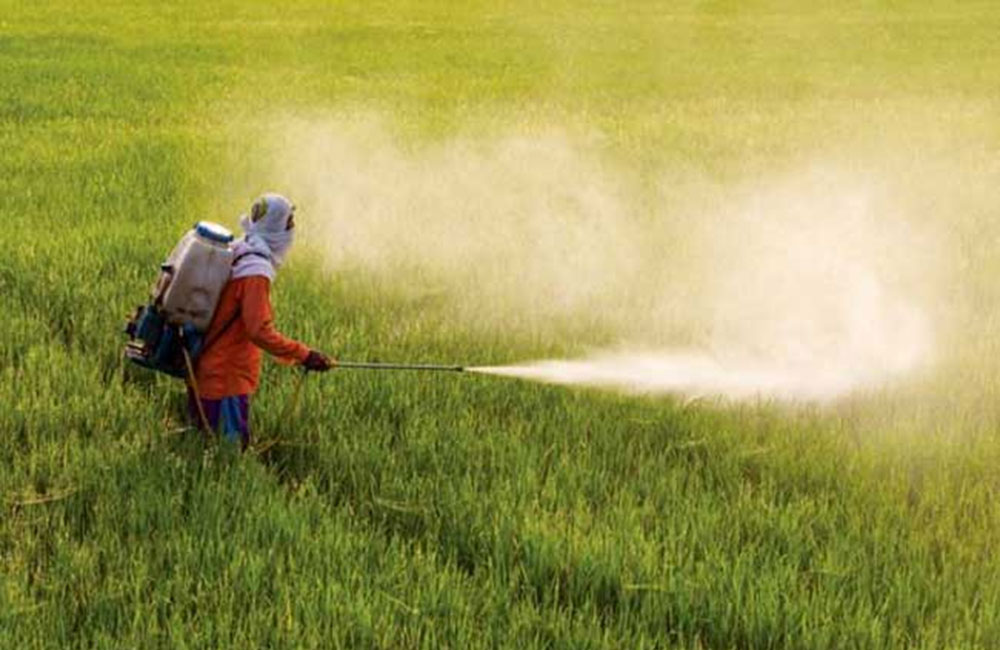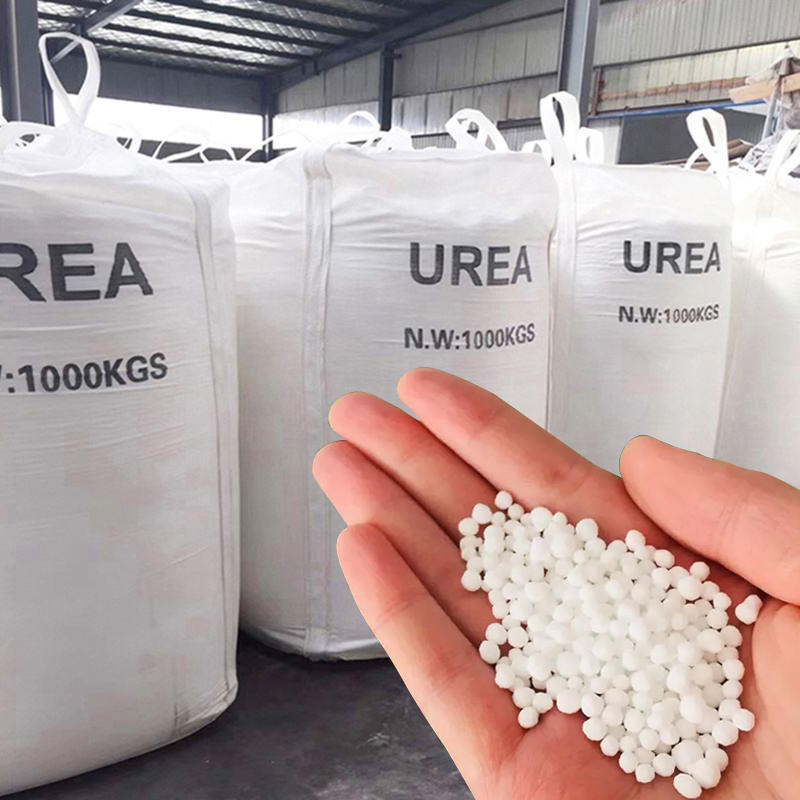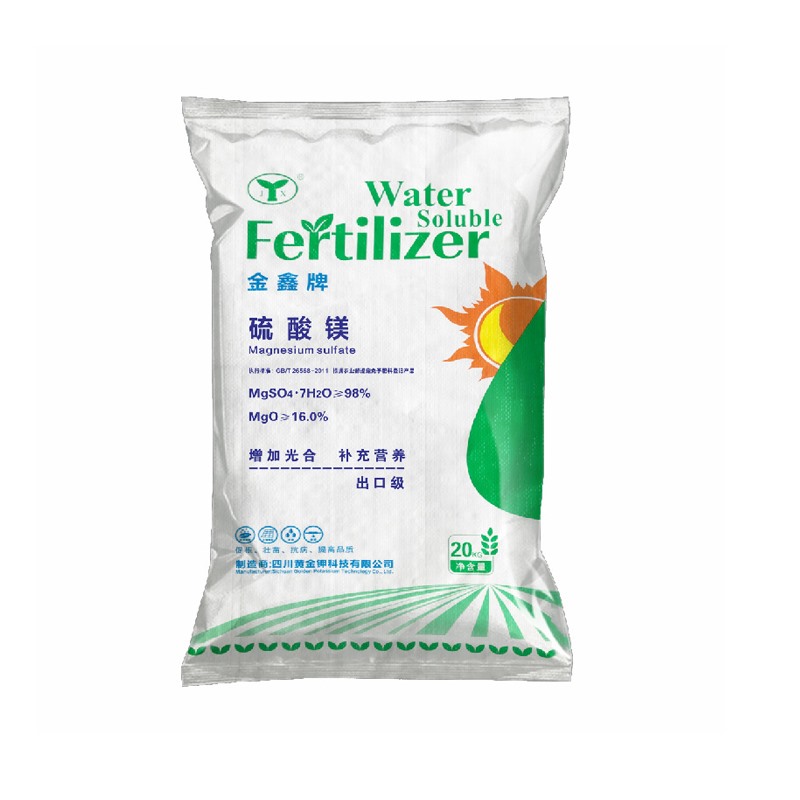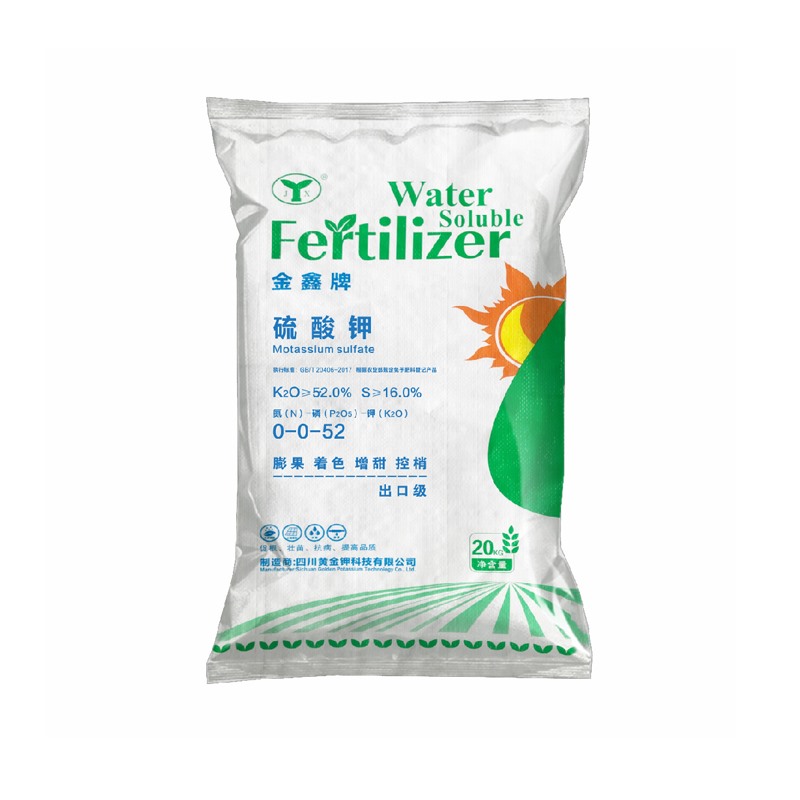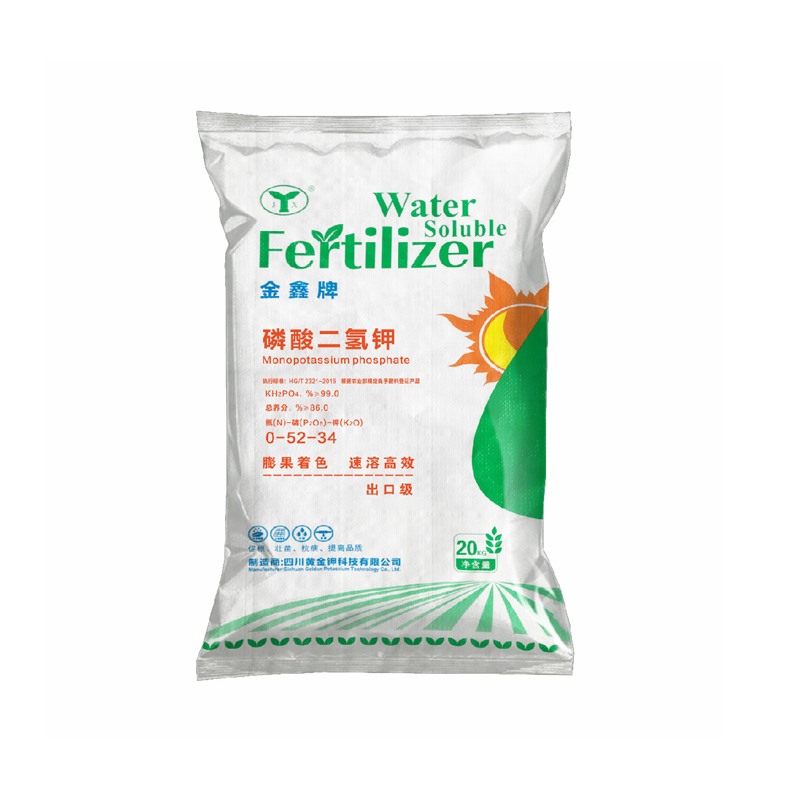Correct Use of Urea

1. Balanced fertilization:
Urea is a pure nitrogen fertilizer and does not contain phosphorus and potassium in a large number of elements necessary for crop growth. Therefore, when making top dressing, formula fertilization technology should be used on the basis of soil measurement and laboratory tests to balance the application of nitrogen, phosphorus and potassium fertilizers.First, combine all the phosphorus and potash fertilizers and part (about 30%) of the nitrogen fertilizers required for the full fertility of the crop and apply them underground.Then about 70% of the remaining nitrogen fertilizer (urea can be used) is applied as top dressing, of which about 60% is applied in the critical period of fertilizer demand and the maximum efficiency period of the crop, and about 10% is applied in the later stage.Only when the three fertilizers of nitrogen, phosphorus and potassium are reasonably combined and scientifically applied can the utilization rate of follow-up urea be improved.
2. Timely implementation:
Some unreasonable fertilization phenomena can often be seen in agricultural production: every year in the wheat rejuvenation period after the spring, farmers take the opportunity to pour the rejuvenation water to sprinkle urea or flush it into the wheat field; in the corn seedling stage, farmers sprinkle urea into the field before the rain; in the cabbage seedling stage, urea is flushed with watering; tomatoes are flushed with urea during the seedling stage watering, etc.The application of urea in this way, although the fertilizer is used, the waste phenomenon is serious (ammonia volatilization, urea particles are lost with the water), and it will also lead to excessive nutrient growth, late lodging of wheat and corn, tomato “blowing flowers”, delayed cabbage wrapping and other undesirable phenomena occur. Each crop has a specific critical period for the absorption of nitrogen, phosphorus, and potassium (that is, the period when the crop is particularly sensitive to the absorption of certain elements).The lack of fertilizer (nitrogen, phosphorus, potassium) during this period has reduced crop yield and quality, which has a huge impact. Even if sufficient fertilizer is applied in the future, the impact on crop yield and quality cannot be reversed.In addition, there is also a maximum efficiency period, that is, during this period, fertilized crops can obtain higher yields, and crops have the highest efficiency in using fertilizers.From the above analysis, it can be seen that only top dressing in the critical nutrient period and maximum efficiency period of the crop can improve the utilization rate of fertilizer and make the crop achieve high yield and high quality. When urea is used as top dressing, it should be applied 1 week before the critical nitrogen demand period and the maximum efficiency period of the crop.Different crops have different critical periods of fertilizer demand and maximum efficiency periods, so they should be treated differently and applied rationally.For example, the critical nitrogen demand period of grassy crops such as wheat and corn is in the tillering stage, the ear differentiation stage, and cotton is in the budding stage.The nitrogen maximum efficiency period is wheat from the budding to the pregnant ear stage, rice from the tillering to the budding stage, corn in the horn mouth stage, tomato in the fruiting stage, cabbage in the rosette stage, sunflower in the bud stage, soybeans in the early flowering stage and so on.
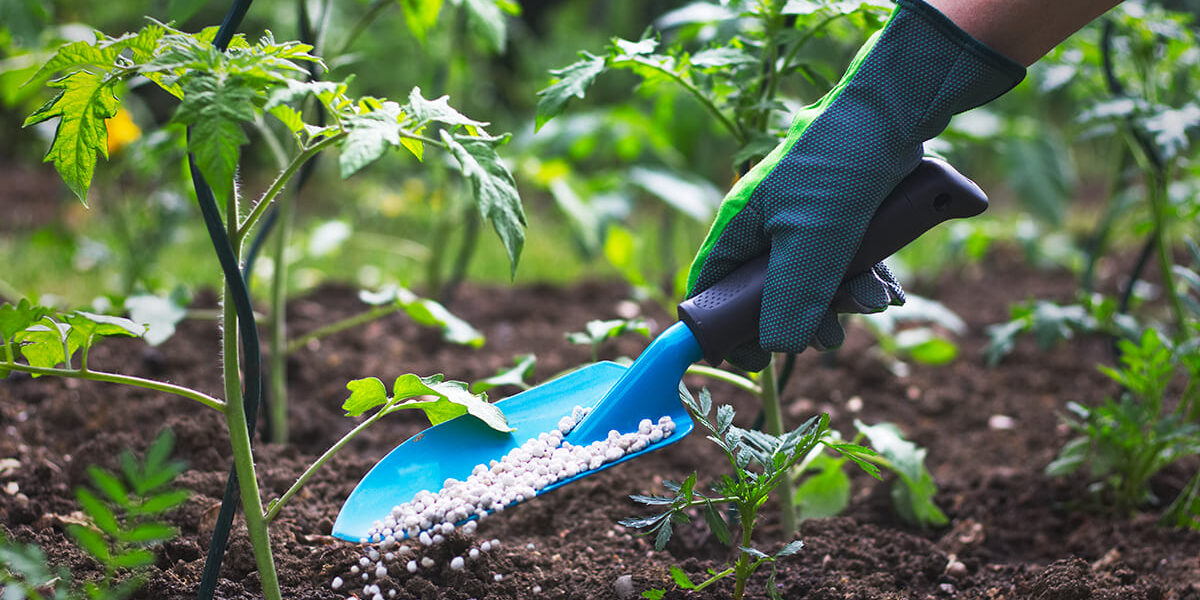
3. Timely top dressing:
Urea is an amide fertilizer, which needs to be converted into ammonium carbonate, which is adsorbed by the soil colloid, and then absorbed by the crop. This process takes 6 to 7 days. During this period, urea is first dissolved by the water in the soil, and then slowly converted into ammonium carbonate. Therefore, when urea is used as top dressing, it should be applied about 1 week before the critical nitrogen demand period of the crop and the maximum efficiency period of the fertilizer, not too early or too late.
4. Deep application of soil cover:
Improper application methods can easily cause nitrogen loss phenomena such as urea loss with water and ammonia volatilization, waste of fertilizer, labor-intensive, and greatly reduce the utilization rate of urea. The correct application method is: for corn, wheat, tomato, cabbage and other crops, it should be applied at a distance of 20 cm from the crop, dig a hole 15 to 20 cm deep, apply the fertilizer and cover it tightly with soil, and water it after 7 days if the soil is not too dry.When the soil is severely drought-stricken and needs watering, it should be lightly watered once with small water, and not overflowed with large water to prevent urea from flowing with the water.When applying on rice, sprinkling should be used to keep the soil moist after application. No irrigation can be done within 7 days. After the fertilizer is fully melted and adsorbed by the soil, a small amount of water can be poured once, and then dried for 5 to 6 days.
5. Foliar spraying:
Urea is soluble in water, has strong diffusion, is easily absorbed by the leaves, and has little damage to the leaves. It is suitable for top dressing outside the roots and can be combined with crop pest control for foliar spraying.However, when making top dressing outside the roots, urea with a diuret content of not more than 2% should be selected to prevent damage to the leaves.The concentration of extra-root top dressing varies from crop to crop.The spraying time should be after 4 pm. At this time, the transpiration volume is small and the leaf pores gradually open, which is conducive to the full absorption of the aqueous urea solution by the crop.
